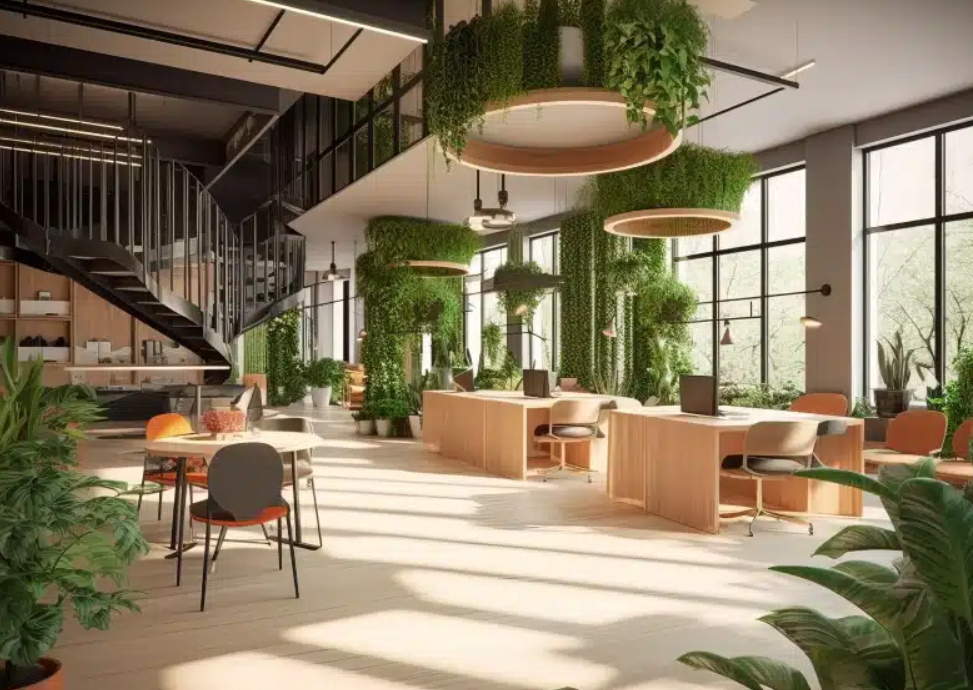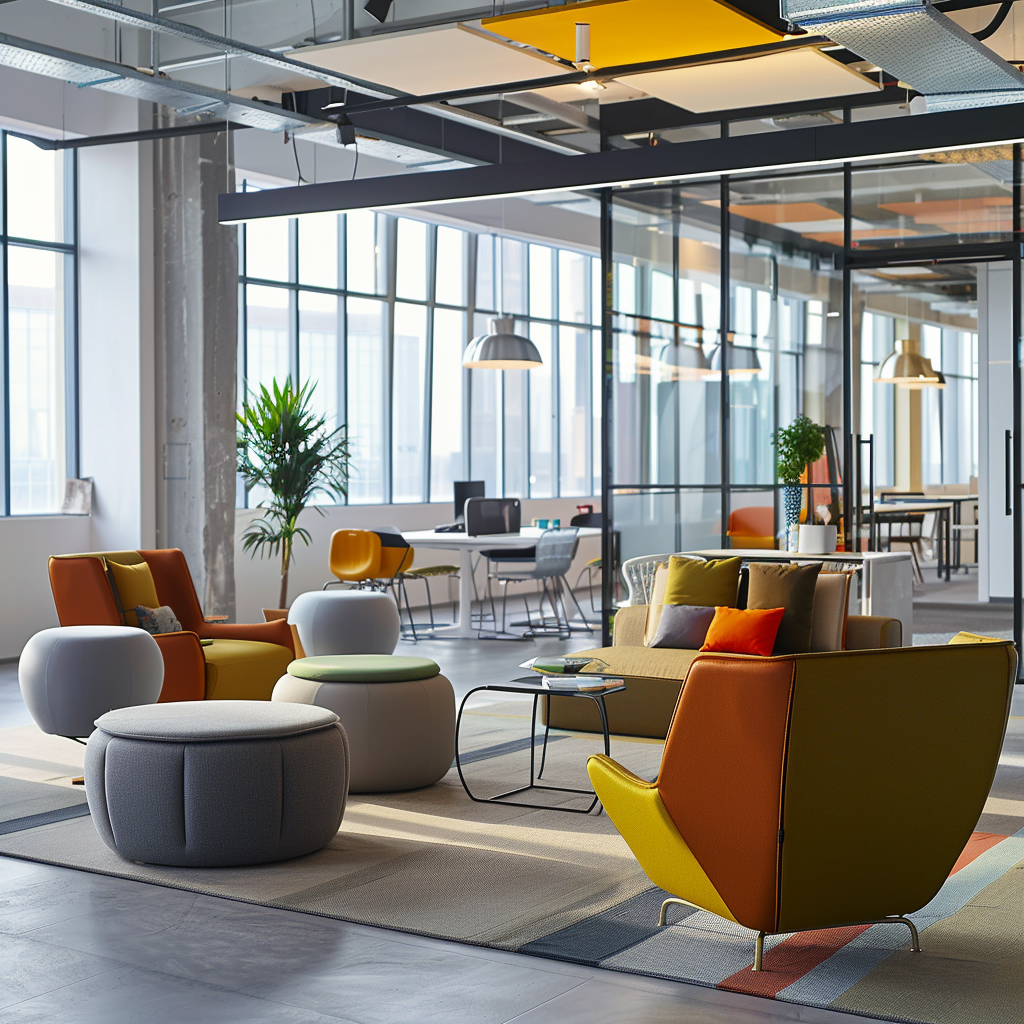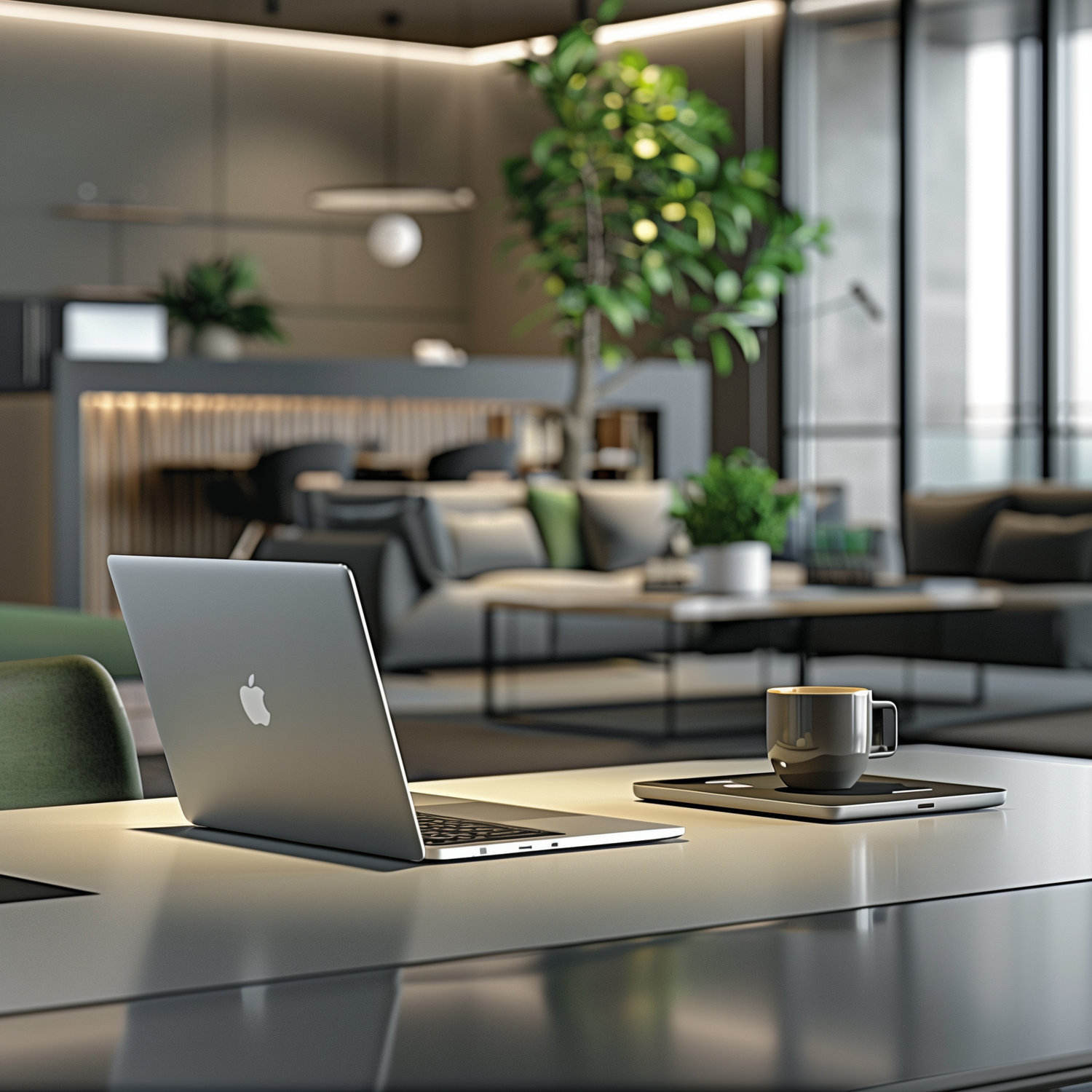Understanding Biophilic Design
Definition and Core Principles
Biophilic design is an innovative approach in architecture and interior design that seeks to connect building occupants more closely to nature. This design philosophy incorporates elements such as natural lighting, vegetation, natural landscapes, and other aspects of nature into the built environment to enhance human well-being and environmental health.
Historical Background and Evolution
The concept of biophilic design stems from the human affinity towards nature, an idea that has evolved through history from ancient civilizations to modern design strategies. This section explores how biophilic principles have been integrated throughout architectural history and how they are being redefined in contemporary design.
Key Elements of Biophilic Design
Understanding the key components that make up biophilic design is essential for appreciating its impact. This includes the use of natural materials, light, vegetation, water features, and views of nature.
Psychological Impact of Biophilic Design
Enhancing Mental Health
Studies have shown that environments that incorporate natural elements have a significant positive impact on mental health, including reductions in stress and improved mood and emotional well-being.
Boosting Cognitive Function
This part of the article discusses how biophilic design can enhance cognitive functions such as concentration, creativity, and problem-solving abilities.
Reducing Stress and Anxiety
Incorporating elements of nature into the indoor environment can dramatically reduce levels of stress and anxiety among building occupants.
Physical Health Benefits
Improved Air Quality and Ventilation
Natural ventilation systems and plant life not only improve air quality but also contribute to the health and comfort of indoor environments.
Encouraging Physical Movement
Biophilic design can encourage more physical activity by integrating walking paths, stairs, and other elements that promote movement within buildings.
Interaction with Natural Elements
Direct or indirect contact with nature through biophilic design has been shown to boost health and well-being significantly.
Biophilic Design in Workspaces
Case Studies of Biophilic Offices
Exploring a few key examples where biophilic design has been successfully implemented in office settings and the outcomes on worker satisfaction and productivity.
Employee Productivity and Well-being
Evidence suggests that workplaces that embrace biophilic design see increases in employee well-being and productivity.
Design Strategies for Office Environments
Practical advice on integrating biophilic elements into office spaces to enhance the overall well-being of employees.
Biophilic Design in Urban Planning
Integration in Public Spaces
The role of biophilic design in public spaces and its effects on community health and cohesion.
Sustainable Urban Development
How biophilic design contributes to sustainable urban development by promoting environmental stewardship and reducing urban heat islands
Challenges and Solutions in Implementation
Identifying the barriers to implementing biophilic design in urban environments and potential solutions.
Future Trends in Biophilic Design
Innovations and Technological Advancements
Emerging technologies that are enhancing the implementation of biophilic design in various sectors.
Predictions for Global Adoption
How biophilic design is expected to expand globally and the factors influencing its adoption across different regions.
The Role of Policy and Advocacy
Exploring how policy and advocacy are shaping the future of biophilic design and its integration into mainstream design practices.





